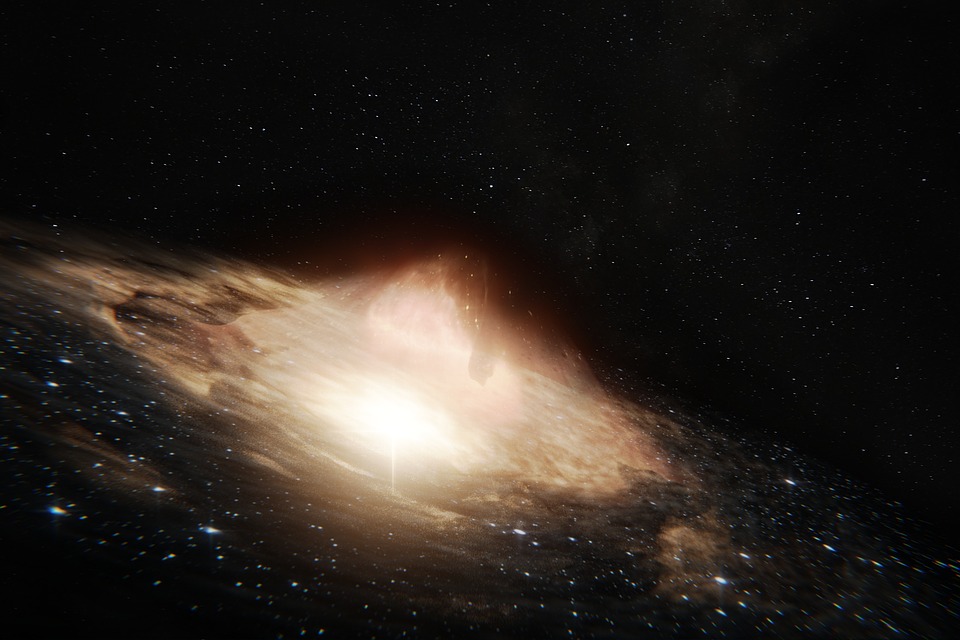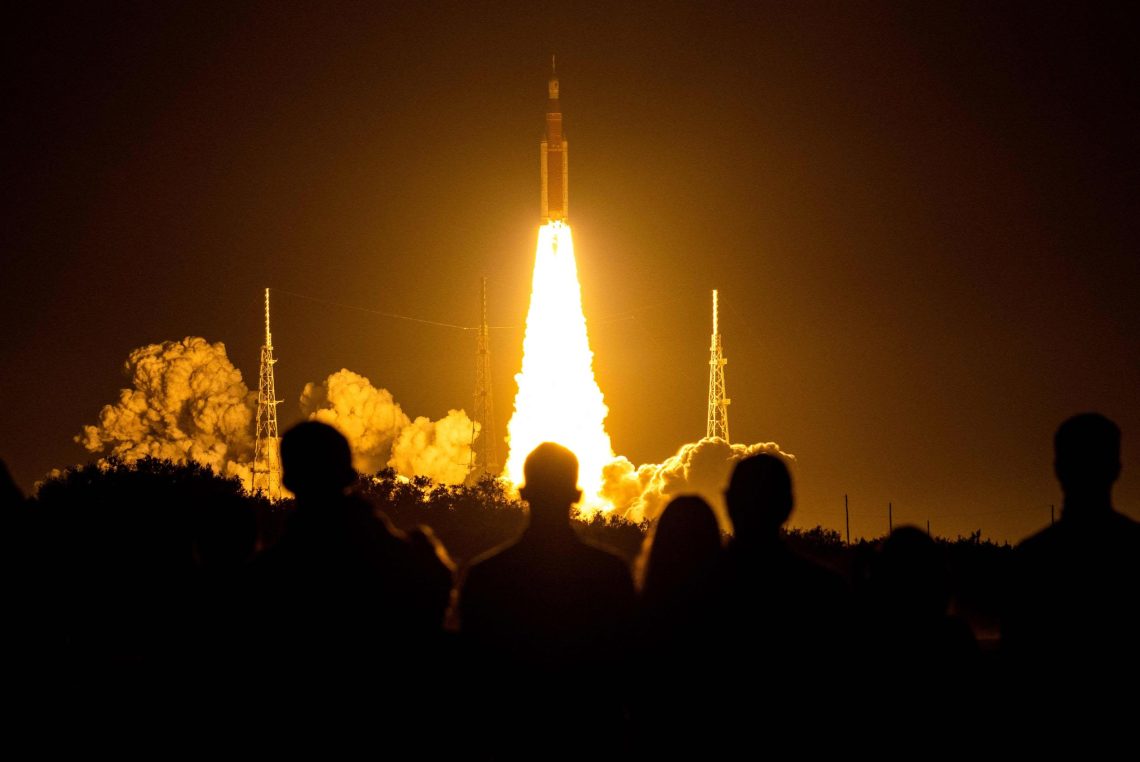
5 Of The Most Amazing Moments In Space Exploration That Happened In 2022
This past year, humankind glimpsed the universe in ways that were never before possible, and space missions took unprecedented leaps forward in unraveling the mysteries of the cosmos. We witnessed the first mission to the International Space Station funded entirely by space tourists. A new space-based internet service played a key role in the war in Ukraine. And there were historic launches of spacecraft and technology by NASA and its international partners that could one day be used to land humans on Mars.
Here are some of the unforgettable space discoveries and moments from 2022.
Artemis I Moon Mission Launches
After years of preparation, NASA finally got its latest lunar exploration program off the ground with an uncrewed test flight that carried an astronaut-worthy spacecraft around the moon. The mission was chock-full of huge moments. The rocket that got the mission off the ground, the Space Launch System or SLS, became the most powerful rocket ever to reach orbit — boasting 15% more thrust than the Saturn V rockets behind the Apollo program.
Upon reaching space, the Orion capsule, which flew empty save for a few test mannequins, captured stunning images of the Earth and moon. And Orion’s orbital path swung farther out beyond the far side of the moon than any spacecraft designed to carry humans has traveled before.
The trial run has paved the way for future Artemis missions, with the aim of returning humans to the lunar surface before mapping out a pathway for the first human spaceflight to Mars.
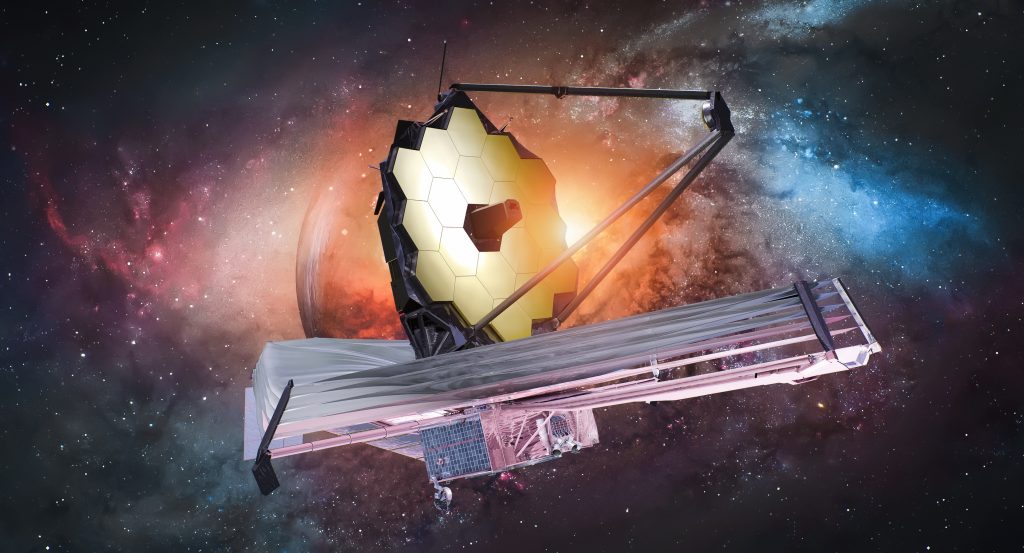
Webb Telescope Reveals the Invisible Universe
In partnership with international space agencies, NASA not only made strides in its human exploration program, but it also notched steps forward in scientific endeavors. After decades of anticipation, the James Webb Space Telescope finally began observing the universe in July.
Since then, the world’s most powerful space observatory has turned its gaze on planets, stars and galaxies in infrared light, which is invisible to the human eye. The telescope has spied unseen aspects of the universe and previously hidden features, including the most distant galaxies ever observed. Webb has also shared new perspectives on some of astronomy’s favorite cosmic features and captured them in a new light, such as the Pillars of Creation.
The Webb telescope, however, wasn’t the only space observatory expanding our understanding of deep space. The Hubble Space Telescope spied the most distant single star ever observed, faintly shining 28 billion light-years away. The star existed just 900 million years after the big bang created the universe, and its light has traveled nearly 13 billion years to reach Earth.
Astronomers nicknamed the star Earendel, derived from an Old English word that means “morning star” or “rising light.”
Meanwhile, astronomers used the Event Horizon Telescope to capture an image of the supermassive black hole at the center of our galaxy for the first time. This first direct observation confirmed the presence of the black hole, known as Sagittarius A*, as the beating heart of the Milky Way. While black holes don’t emit light, the shadow of the cosmic object was surrounded by a bright ring — light bent by the gravity of the black hole.
Shifting An Asteroid’s Trajectory in Space
In late September, NASA successfully completed the first test mission for planetary defense. The space agency slammed a spacecraft into Dimorphos, a small asteroid that orbits a larger space rock named Didymos — and yes, the collision was intentional. The Double Asteroid Redirection Test, or DART, was a full-scale demonstration of deflection technology.
Neither Dimorphos nor Didymos poses a threat to Earth, but the system was a perfect target to test a technique that may one day be used to protect the planet from an asteroid strike. The DART mission marked the first time humanity intentionally changed the motion of a celestial object in space. The spacecraft altered the moonlet asteroid’s orbit by 32 minutes.
NASA Announces Plans to Study UFOs
And that’s not all 2022 offered when it came to the study of unusual objects in the skies. In June, NASA announced it would delve into the mysteries surrounding unidentified aerial phenomena, more popularly known as unidentified flying objects or UFOs. The space agency later selected a team of experts across numerous disciplines — including astrobiology, data science, oceanography, genetics, policy and planetary science — for the task.
Officials at NASA aren’t suggesting aliens may be responsible for such phenomena. The goal is merely to take a serious look at the as-yet-unexplained — but much-publicly-debated – topic of UAPs and how they might be studied through a scientific lens.
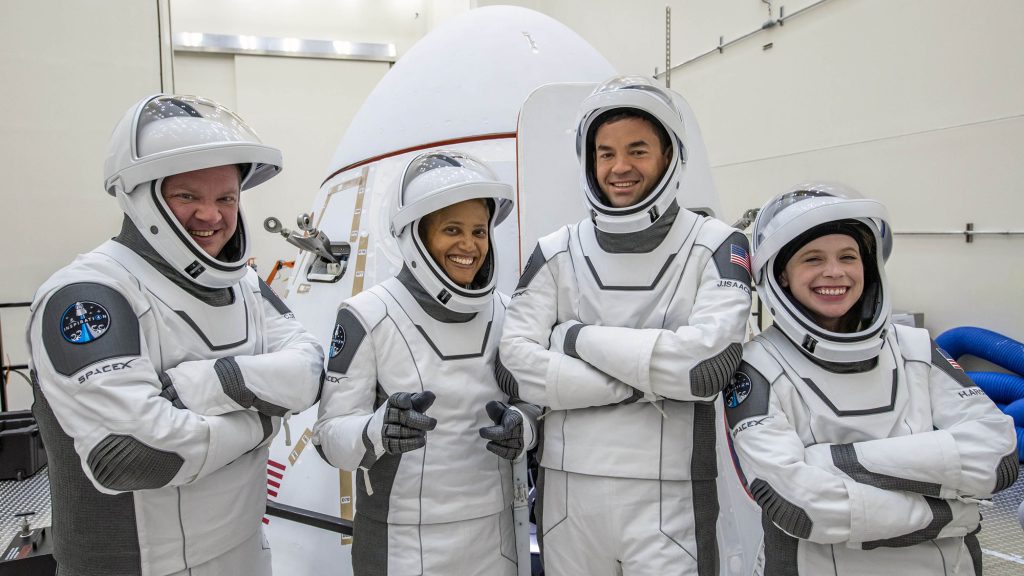
First All-Private Mission to the Space Station
In 2022, SpaceX flew a few wealthy thrill-seekers to the International Space Station on a mission brokered by Axiom. The event marked the first space station mission that was fully paid for by paying customers and included only private citizens.
There were four crew members. Michael López-Alegría, a former NASA astronaut-turned-Axiom employee, was the mission commander. And the three paying customers were Israeli businessman Eytan Stibbe, Canadian investor Mark Pathy and Ohio-based real estate magnate Larry Connor.
The mission, called AX-1, launched on April 8 and was originally billed as a 10-day trip. Delays, however, extended the mission by about a week.
Allowing private missions to the space station is part of NASA’s plan for more commercial activity in low-Earth orbit as it turns its focus to exploring deep space.
You May Also Like

The History and Impact of The Human Genome Project On Medicine
2022-07-15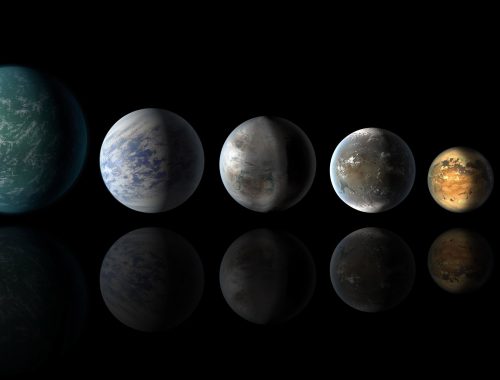
The Search For A New Home – What Other Exoplanets Could Potential Support Human Life?
2023-01-13